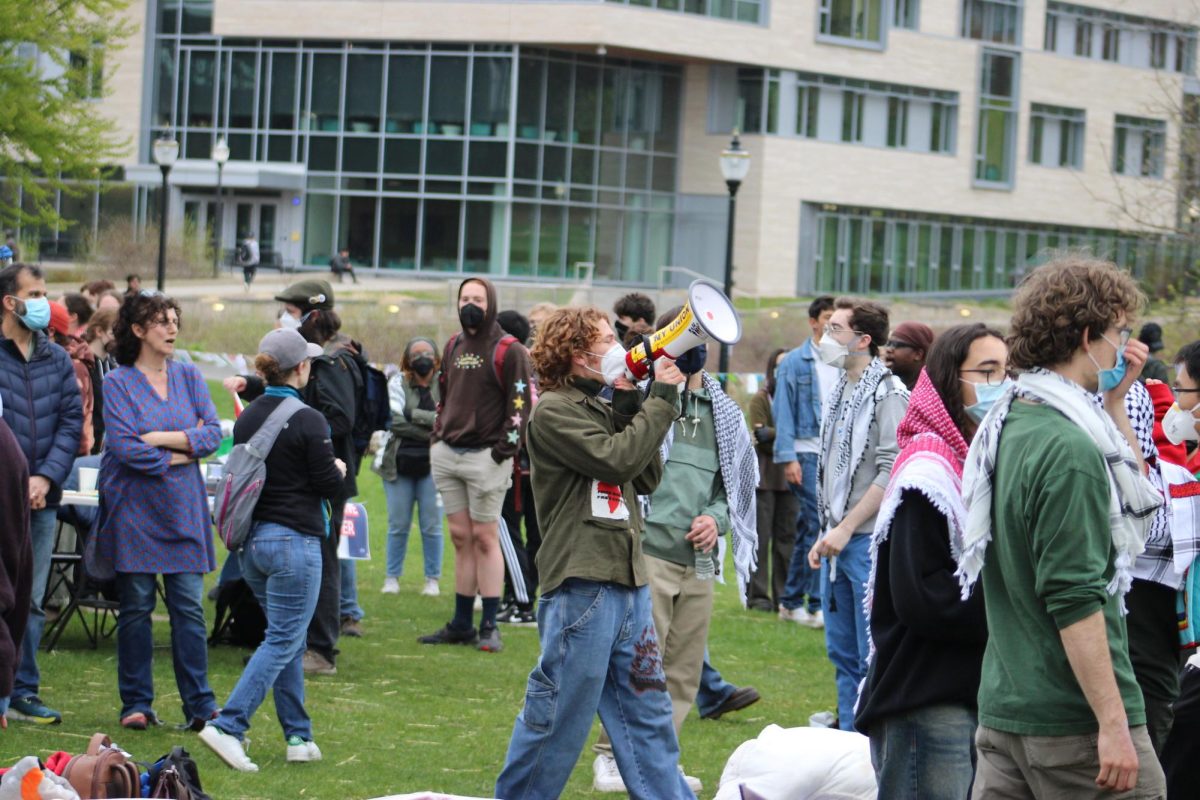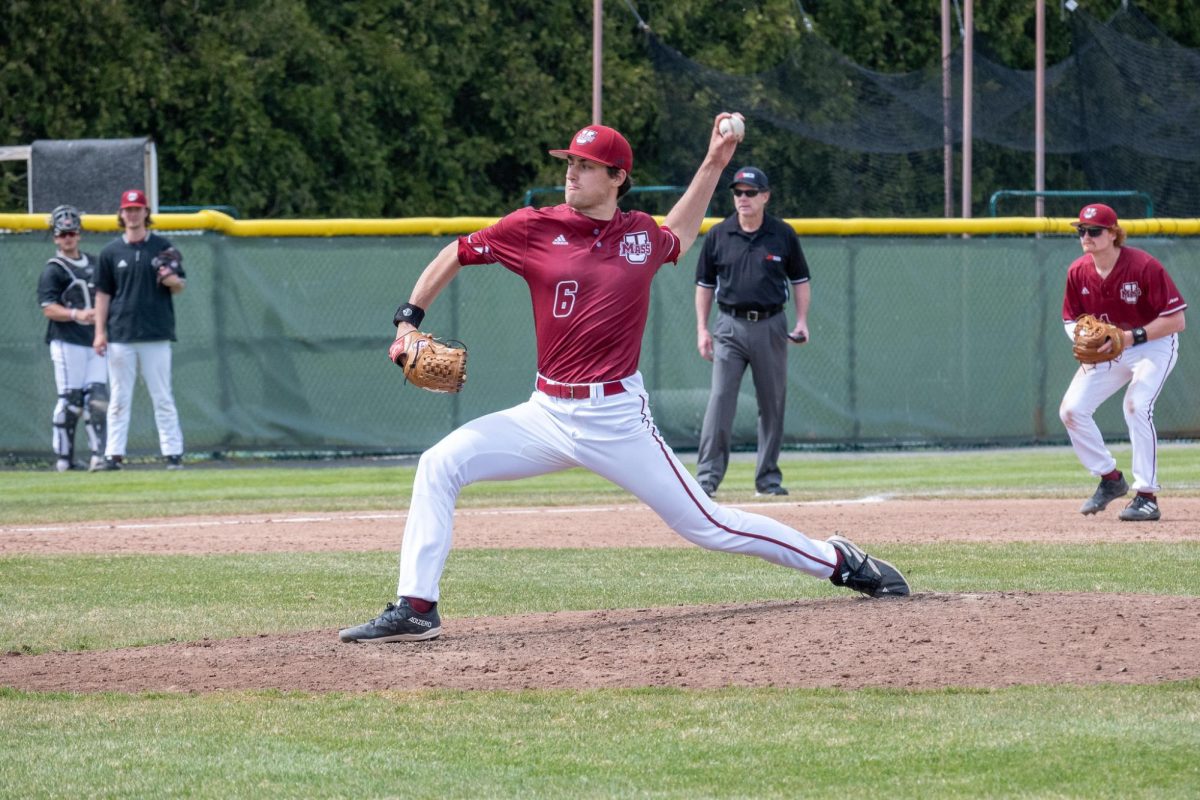A guy walks up to the poll on Election Day and sees four names on the ballot. The poll worker says, “Vote for only one candidate.” So the guy says, “Only one? But there are four candidates. What kind of democracy is this…?”
It sounds like the start of a bad joke, huh? (Most political jokes are…) Except this type of thing happens all the time. Let’s say you’re in this situation, and the candidate you like most doesn’t really have much chance of winning. Yeah, you could vote for your second choice candidate who actually has a shot at victory. Or you could insist on the underdog, but risk “swinging” the election to the candidate you absolutely despise.
This might sound familiar because a lot of voters thought this same way in the 2000 presidential election. Unfortunately, what ensued in the media and political discourse was finger pointing at candidates, rather than a deep look into the system that caused the problem.
Enter Instant Runoff Voting: an electoral process used in Ireland, Australia, London, San Francisco, and at American universities from Harvard to Berkeley. With IRV, the voters rank candidates by preference, and if no candidate receives a majority of first-choice votes, an elimination process begins. The candidate receiving the fewest votes is dropped, and his/her second choices are divided among the remaining contestants. This process continues until one winner emerges with a majority.
You might think: But if someone’s second choice is counted, that voter actually gets two votes! This is true, just like anyone voting in a primary and then the general election gets two votes… except it’s all done on one ballot.
See, the great thing about IRV is that it ensures majority rule, while eliminating costly runoff and primary elections ($5,000 in my Northampton city council race; millions in the 2002 Louisiana Senate runoff).
Additionally, the ranking process most closely reflects the voter’s preference, and he or she doesn’t feel compelled to vote “strategically.”
Sure there are theoretical complexities that can’t be covered in one editorial opinion piece, but for the voter it’s as simple as 1-2-3. Surely any UMass student can handle that.
I’m writing this as the student government chancellor of elections, in order to make students aware that this novel system may be in store for the spring SGA elections.
Over the next several weeks, as part of a larger examination of SGA election policy, your student government leaders will be discussing this method of voting for campus elections – elections in which the current student trustee won with 39 percent of the vote, and the president with 35 percent.
If you want to educate yourself on electoral systems and policy, you can visit the Center for Voting and Democracy at www.fairvote.org. Even better, to get involved in your SGA, visit room 422 in the Student Union.
Steven Hoeschele is a UMass student.






